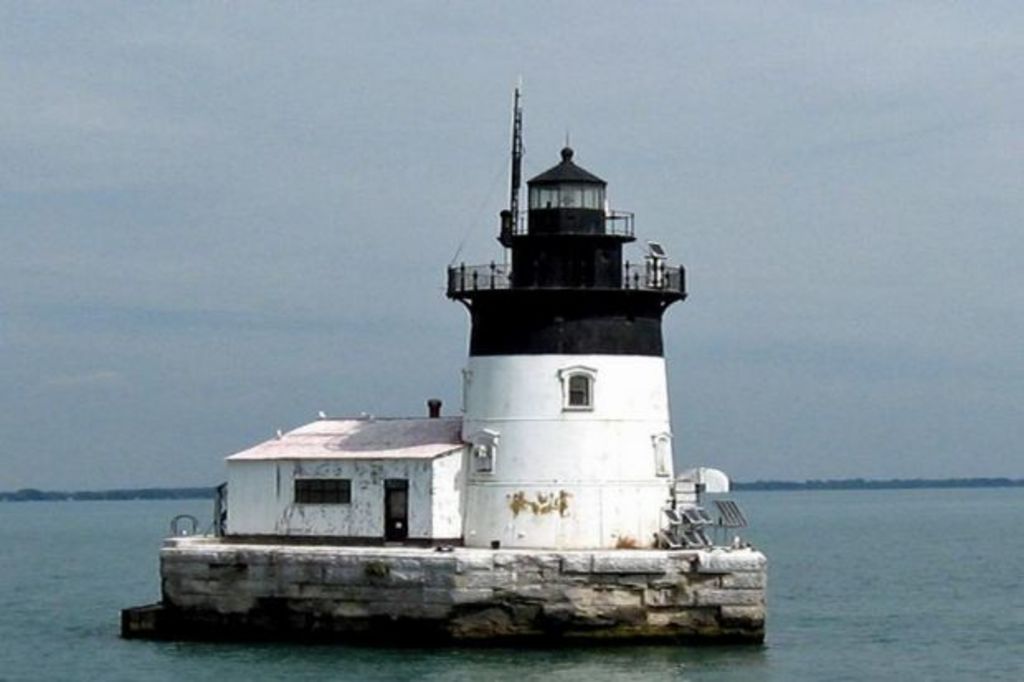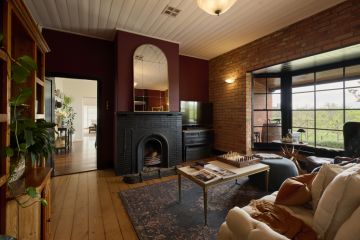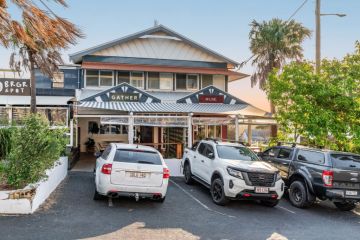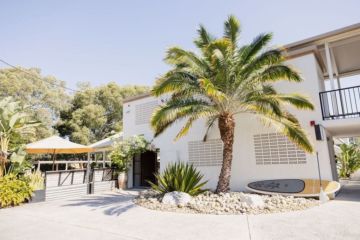Have $20,000 to spare? You could buy an American lighthouse, but it'll need some work

Waterfront views, a cozy interior and old-world charm – all at a price as low as $US10,000 ($12,600) One caveat: The properties need a lot of work.
Bidding is underway for six decommissioned lighthouses built before 1930 that the federal government has put up for auction. Five overlook the Great Lakes in Michigan, and the sixth is on the Chesapeake Bay.
It’s a tempting prospect, perhaps, for those who yearn for scenic surroundings – and who have the stamina to tackle periodic renovations.
So far there are a few interested parties. Prospective owners should be aware, however, that maintenance costs can be substantial. In fact, the high cost of ownership is part of the reason these historic properties are being sold to begin with, according to a 2015 government report.
Although the Coast Guard will continue to visit auctioned lighthouses to maintain lamps that are crucial to navigation, the rest of the property will be the responsibility of the new owner.
Nick Korstad discovered just how time consuming it can be when he purchased the Borden Flats Lighthouse in Fall River, Massachusetts, for $US56,000 at a public auction in 2010.
Faced with renovating, he received contractors’ estimates “between $US300,000 and $US400,000,” Korstad said in a phone interview from the lighthouse. So he decided to do the work himself.
“Honestly, it’s crazy,” he said. “It only cost about $US30,000 to put it back together.”
- Related: So, you want a lighthouse
- Related: Living in a lighthouse-keeper’s cottage
- Related: Live on an isolated Tasmanian island
He estimated that he spends about 300 hours and $US15,000 a year to keep the 136-year-old structure looking good, and he continues to do much of the work.
“It’s always falling apart,” he said. “If you fix something, you know you’re going to fix it again.”
The new government auctions, which started in July, are listed on the General Services Administration’s website. They include the Detroit River Light, built in 1885, in Lake Erie; the Craighill Channel Lower Range Front Light Station on the Chesapeake Bay, which was first lit in 1873; and the Lansing Shoal Light, constructed in 1928, one of the last offshore lights built on the Great Lakes. Four of the six lighthouses are $15,000, one is $27,000 and the cheapest is $10,000.
The National Historic Lighthouse Preservation Act, passed in 2000, helps the government preserve lighthouses that are no longer needed by the Coast Guard.
When the time comes to find a new owner, officials search for stewards like nonprofits and educational agencies. But if there aren’t any acceptable organisations stepping up to the plate, the property is then offered to the public for sale by auction.
Since 2000, the government has parted with 133 lighthouses: Preservationists have received 78 of them at no cost, and 55 have been auctioned to the public, the General Services Administration said in a news release.
Public sales of lighthouses have generated millions of dollars over the years – the Graves Island Light Station near Boston was sold at auction for more than $930,000 in 2013 – and they’re used for multiple purposes, including vacation homes, bed-and-breakfasts and concert venues.
At Borden Flats, overnight guests, who pay $US400 a night to stay there on summer weekends, defray preservation costs. Visitors will find a small kitchen, half-bath and a TV/DVD, but “the rest of the lighthouse experience remains true to the late 1800s,” the Borden Flats website says.
“Every year it’s sold out,” said Korstad, who takes a maximum of 200 guests per season.
Korstad’s fascination with lighthouses started when he was in the sixth grade, he said, when he met a lighthouse keeper in Washington state.
He bought his first lighthouse when he was 24. Korstad, now 35, currently owns three of them, and he’s taking over a lease for another in New London, Connecticut.
Managing lighthouses is a full-time job, he said, one that involves painting, rust prevention, roof repair and more.
“It’s a learning experience,” Korstad said. “When people purchase these, this is something they have to be aware of.”
We recommend
We thought you might like
States
Capital Cities
Capital Cities - Rentals
Popular Areas
Allhomes
More






